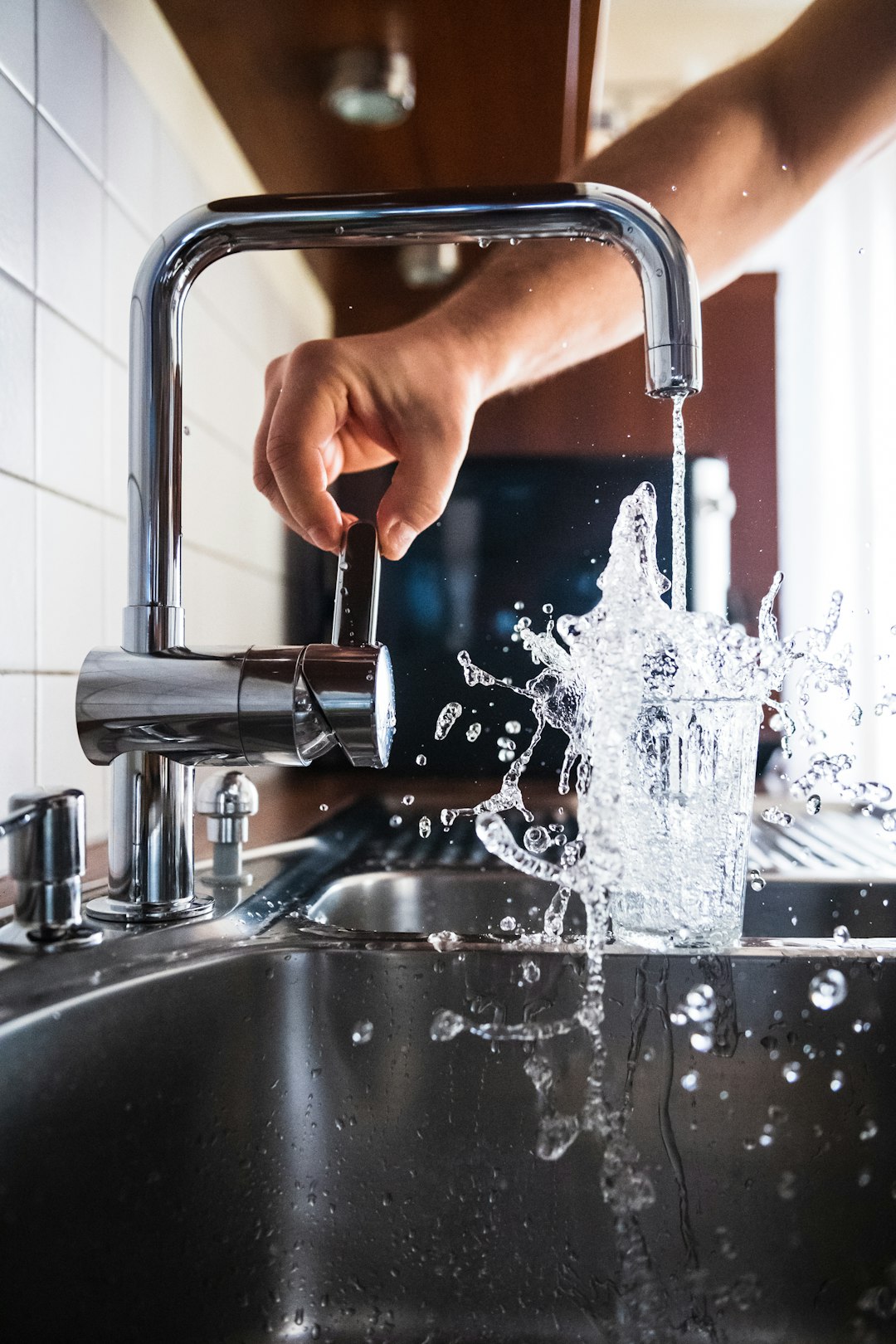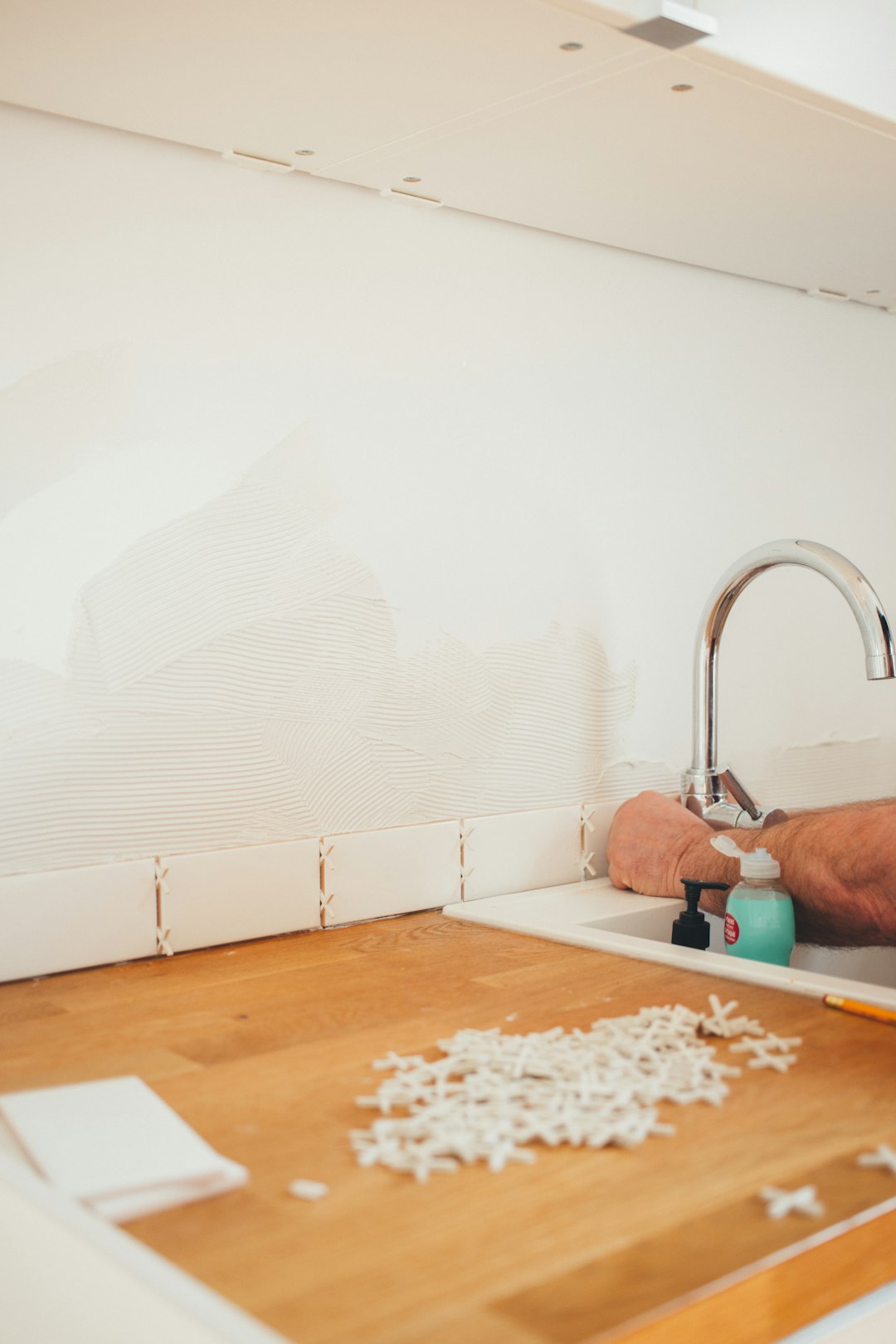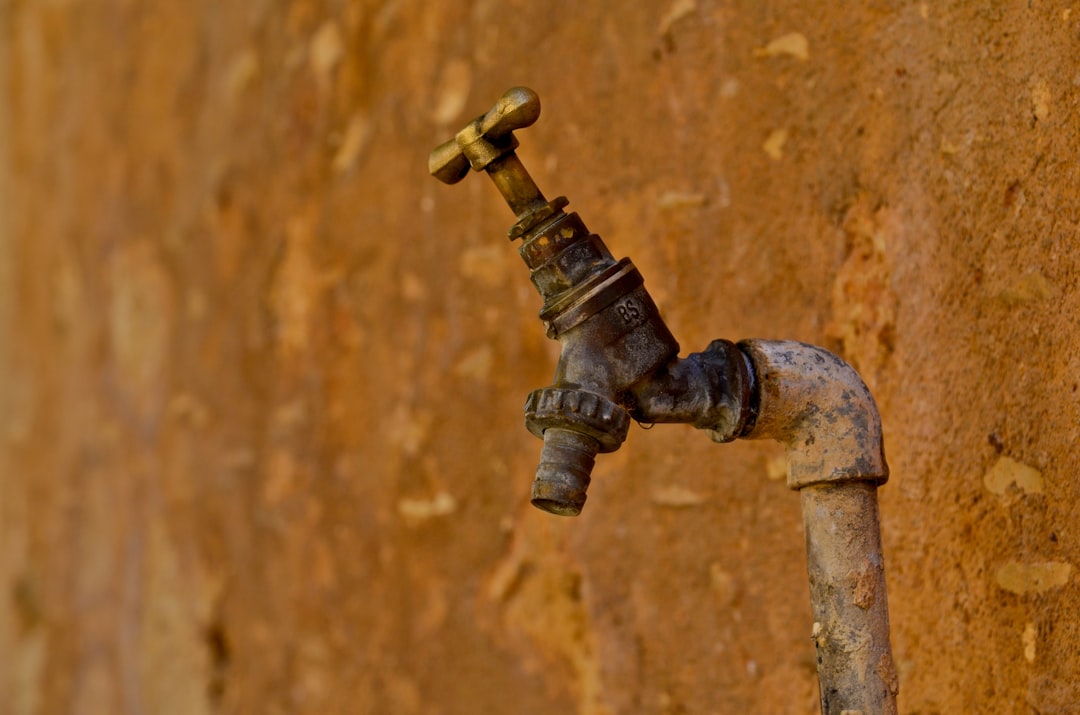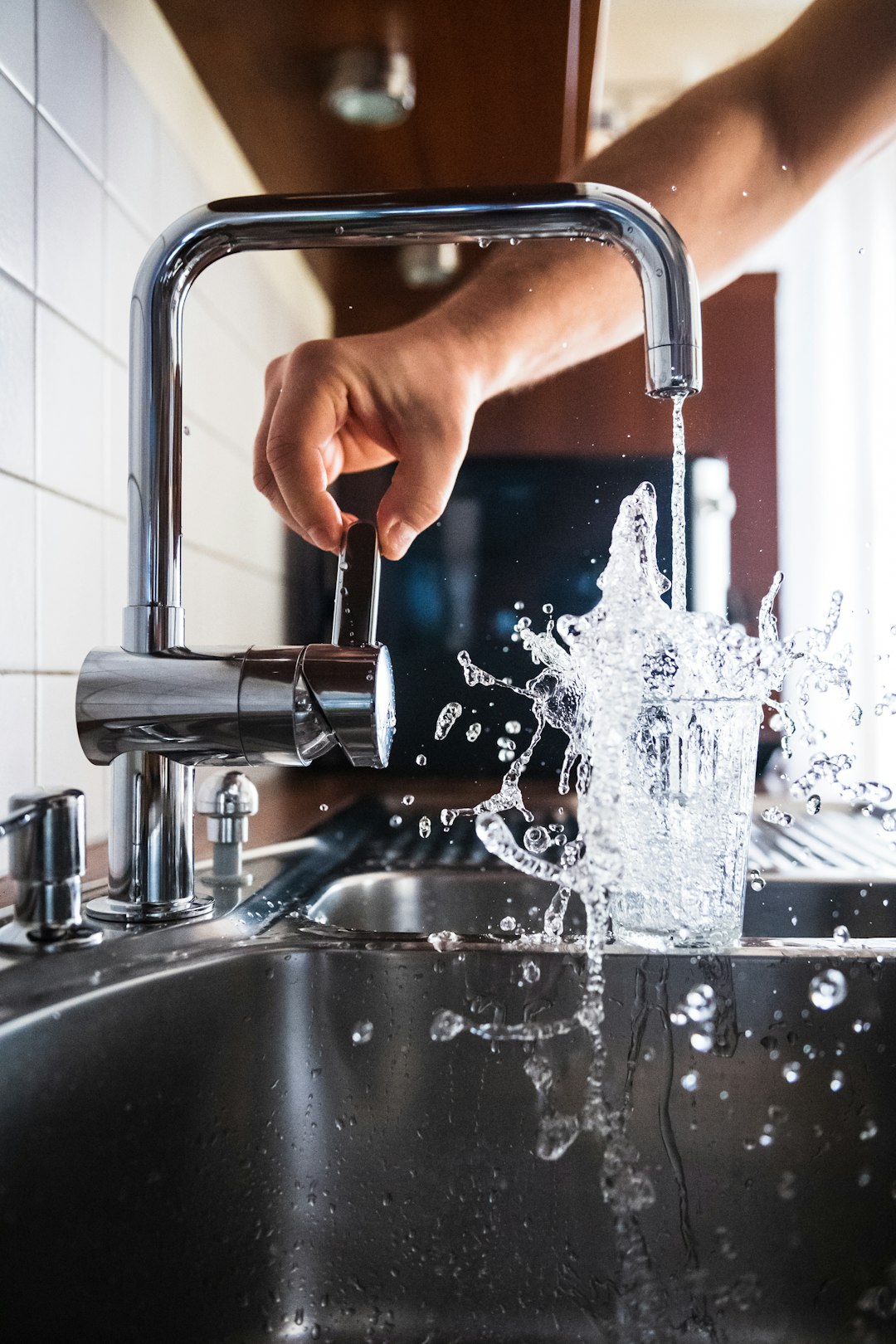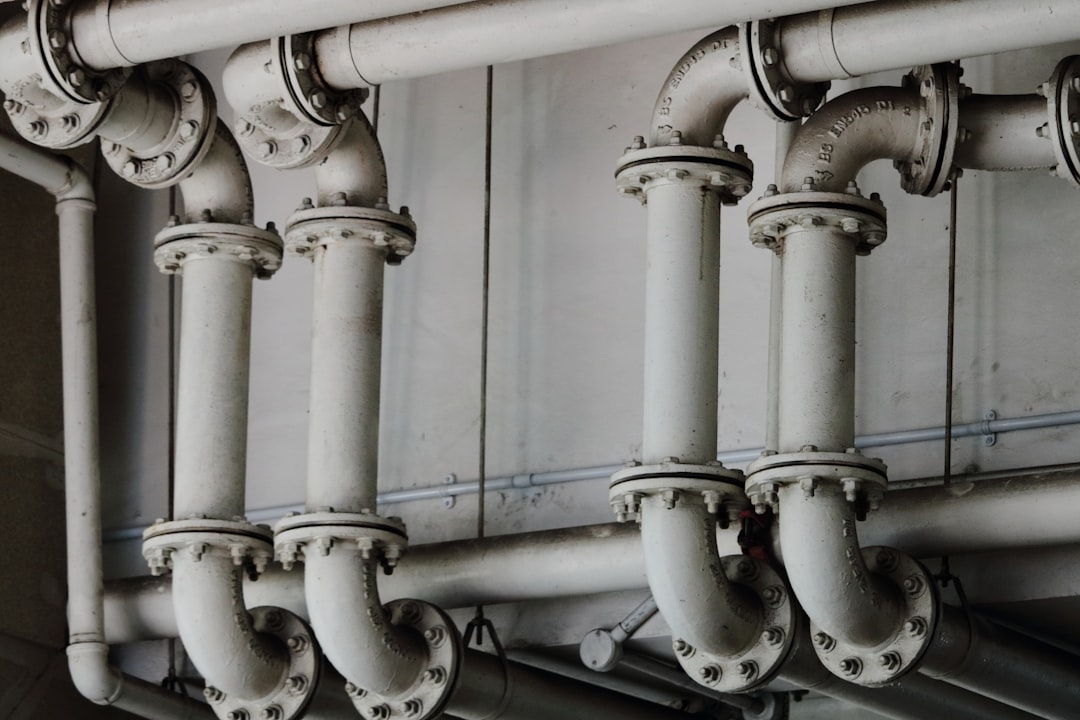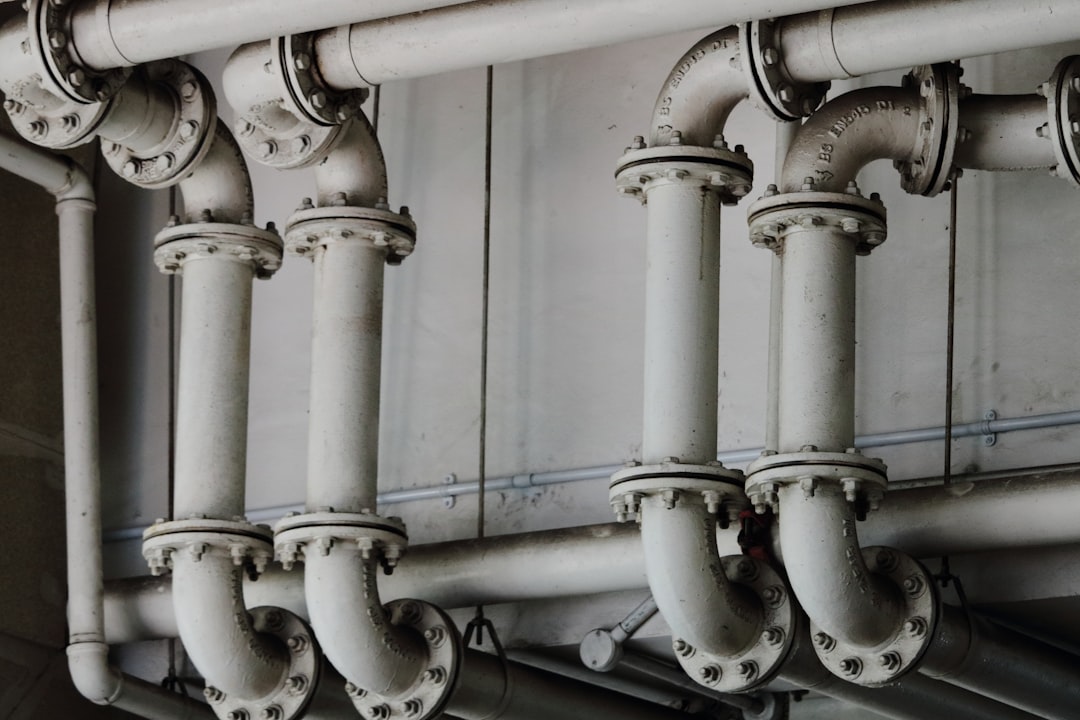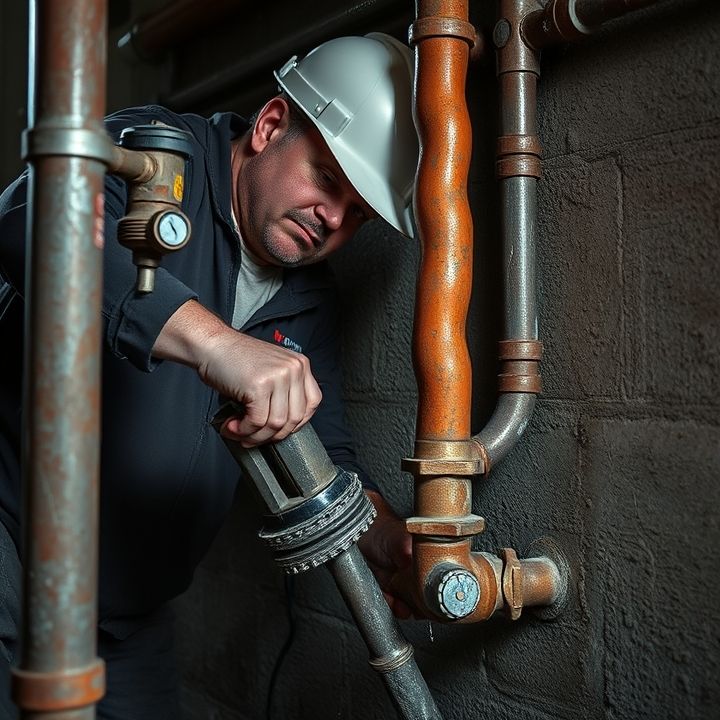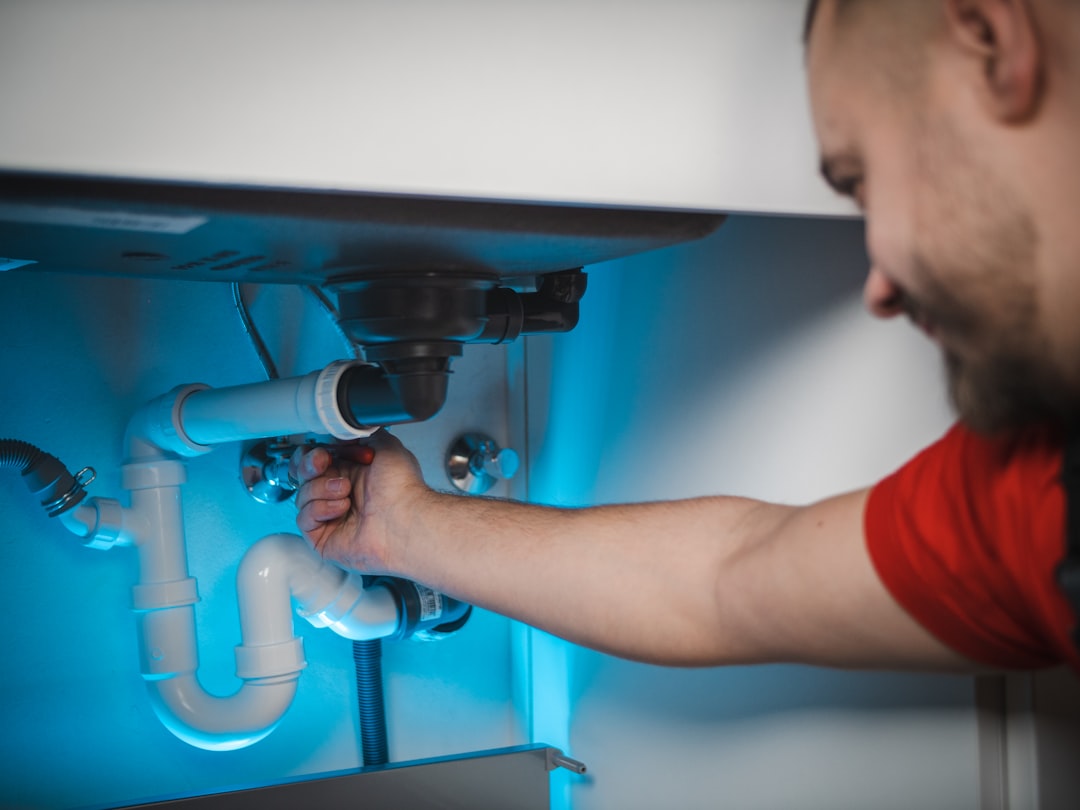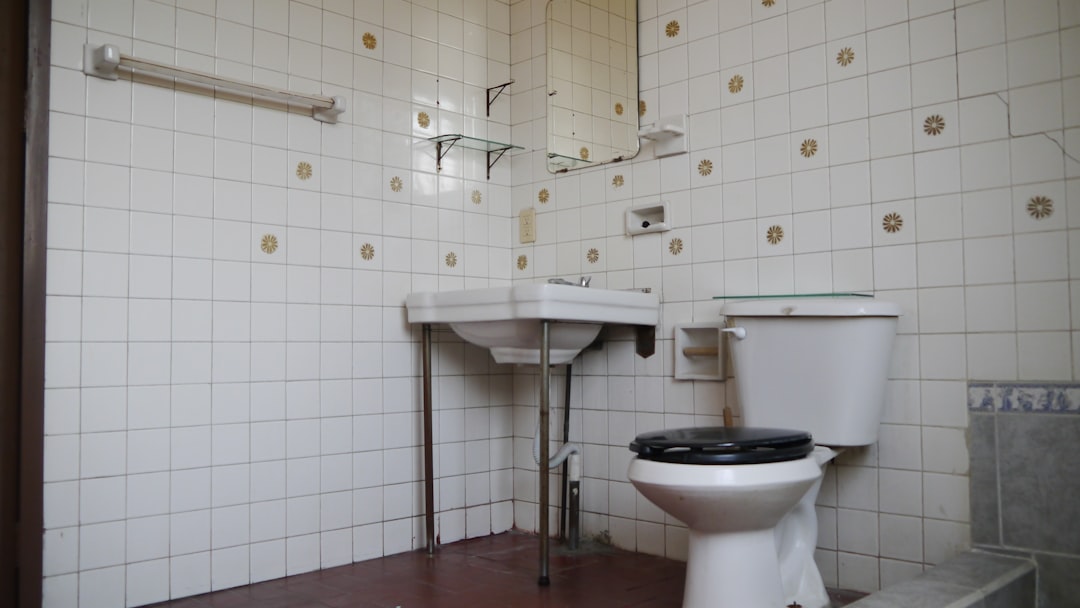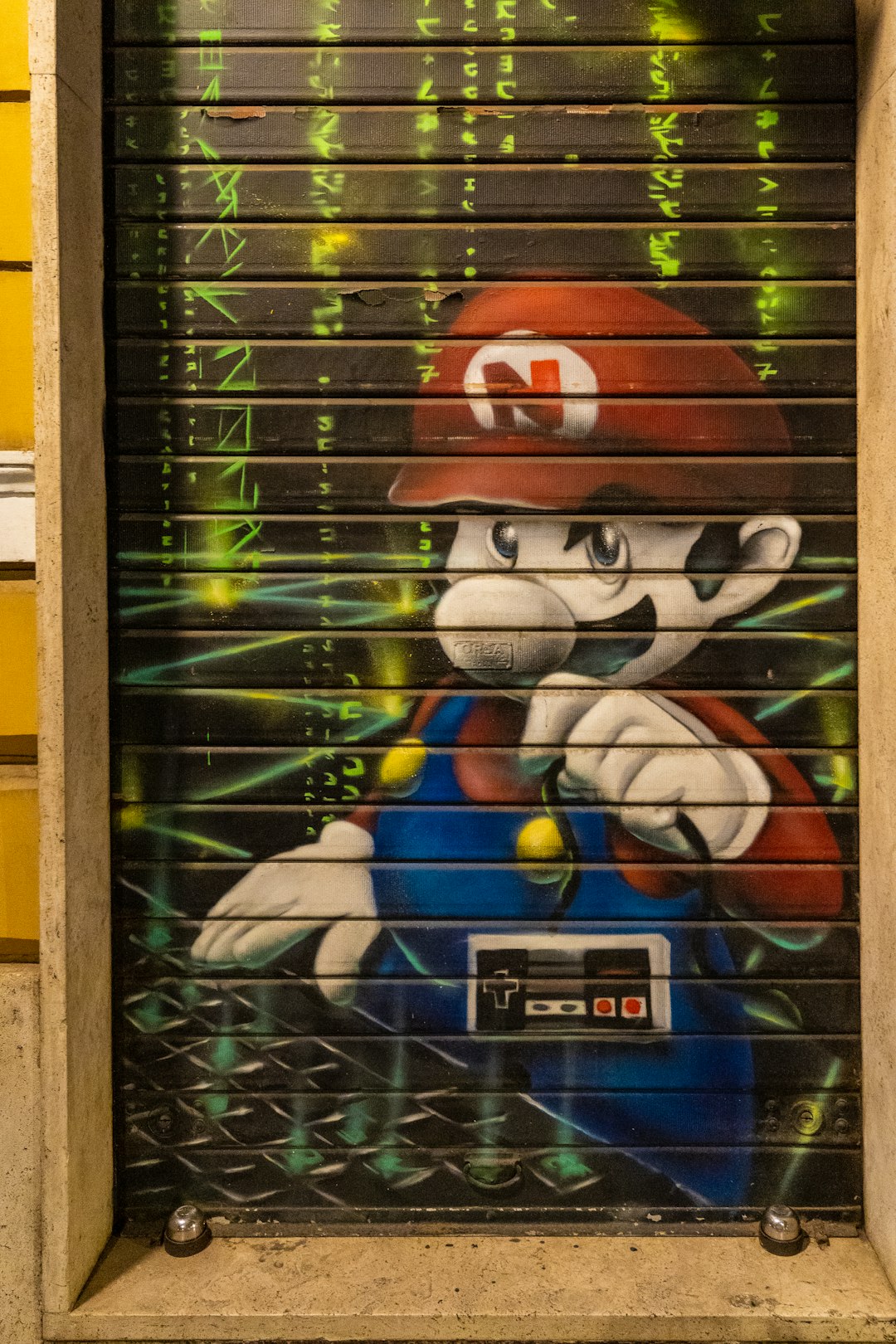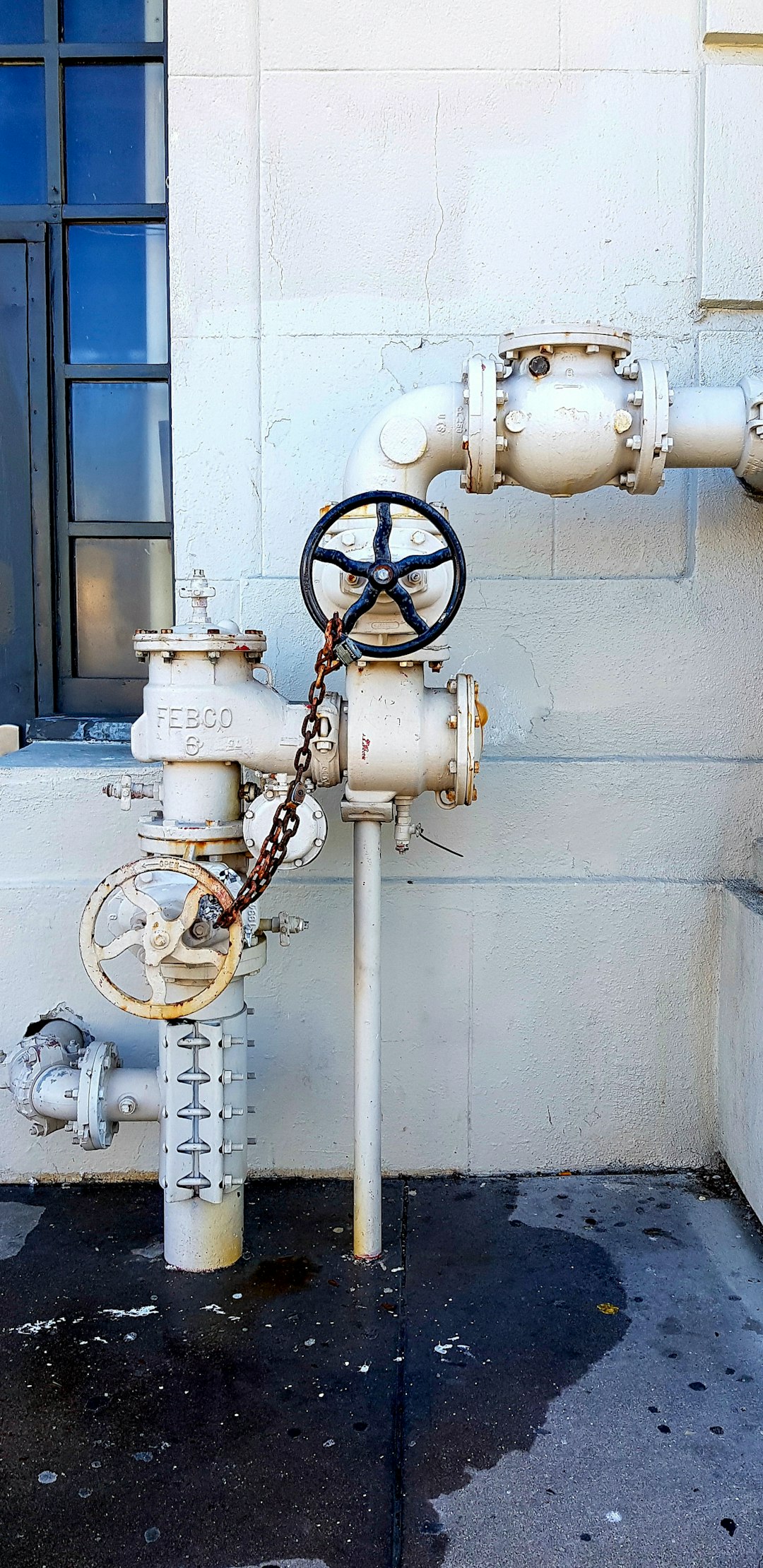Table of Contents
- Introduction
- Plumbing pipe replacement and its importance
- Steps involved in plumbing fixture installation
- Common plumbing valve repair techniques
- Understanding plumbing emergency services
- Effective plumbing drain cleaning methods
- Plumbing water heater service: signs and solutions
- Plumbing sewer line repair: addressing common issues
- The role of plumbing leak detection in home maintenance
- Conclusion
- Frequently Asked Questions
Introduction
When it comes to home maintenance, plumbing is one of those areas where innovation consistently paves the way for easier, more efficient solutions. From fixing pesky leaks to optimizing water flow, the industry has been buzzing with creative advancements that every homeowner should know about. Whether you’re a seasoned DIYer or someone who prefers to call in the professionals, understanding these modern plumbing solutions can save you time, money, and a fair share of headaches.
In this article, we will explore the “Top 10 Innovative Plumbing Solutions to Tackle Any Home Issue.” Each solution not only addresses common plumbing challenges but also introduces cutting-edge technology that enhances convenience and effectiveness. With the right innovations at your fingertips, you’ll be equipped to turn any plumbing problem into a simple fix.
So, if you’re ready to transform your plumbing woes into victories, join us as we dive into these groundbreaking solutions that offer smart fixes to your home plumbing issues.
Plumbing pipe replacement and its importance
Plumbing pipe replacement is an essential aspect of home maintenance that often goes overlooked until significant issues arise. Over time, pipes can become corroded, clogged, or damaged due to various factors such as wear and tear, extreme temperatures, or sections of the plumbing system that may have been poorly installed.
Replacing old or problematic pipes is crucial to ensure the efficient flow of water throughout the home. Failing to replace damaged pipes can lead to more severe consequences, including water leaks, mold growth, and structural damage.
Moreover, outdated pipes can negatively impact water quality, as materials like lead or galvanized steel may leach undesirable substances into the water supply. Modern plumbing materials such as PVC and PEX are not only more durable but also provide better protection against issues such as freezing and corrosion.
Investing in plumbing pipe replacement not only enhances the overall functionality of the plumbing system but also contributes to home safety and value, making it a critical consideration for homeowners.
Steps involved in plumbing fixture installation
Installing plumbing fixtures involves several important steps to ensure functionality and prevent leaks. First, turn off the water supply to the area where the installation will take place to avoid any accidents.
Next, remove the old fixture by unscrewing any nuts or bolts and detaching the plumbing connections. Clean the area to prepare for the new installation. It’s essential to check the condition of the existing pipes and make any necessary repairs before proceeding.
Once the area is prepared, carefully position the new fixture into place. Secure it according to the manufacturer’s instructions, typically involving bolts or screws. After the fixture is secured, reattach the plumbing connections ensuring that they fit snugly.
Finally, turn the water supply back on and check for leaks. Test the fixture to ensure it is functioning correctly. Proper installation not only enhances performance but also extends the life of the fixture.
Common plumbing valve repair techniques
Common plumbing valve repair techniques are essential for maintaining a functional and efficient plumbing system. One of the most prevalent methods involves replacing the valve’s washer or O-ring, which can become worn out over time and lead to leaks. To perform this repair, shut off the water supply, disassemble the valve, and carefully remove the damaged components. Installation of new washers or O-rings is typically straightforward, ensuring a snug fit to prevent future leaks.
Another technique is to repair or replace the valve seat, which can become pitted or corroded. This often requires cleaning the valve seat with a specialized tool or replacing the entire valve if the damage is significant. Additionally, for compression valves, adjustments can be made by tightening the packing nut to reduce leakage.
Ball valves may require lubrication for smooth operation, while gate valves often benefit from a thorough inspection for wear. Understanding these techniques can empower homeowners to tackle minor plumbing issues and maintain their systems effectively.
Understanding plumbing emergency services
Understanding plumbing emergency services is crucial for any homeowner or business. Emergencies in plumbing can occur anytime, often leading to significant damage if not addressed promptly. Common emergencies include burst pipes, overflowing toilets, and severe leaks. These situations require immediate attention from professional plumbers who specialize in emergency services.
Emergency plumbers are available 24/7 to tackle urgent issues, ensuring that your plumbing systems function correctly and preventing further damage to your property. It’s essential to choose a licensed and experienced plumber, as they are equipped with the necessary tools and expertise to diagnose and resolve plumbing problems efficiently.
In many cases, emergency plumbing services also offer preventative maintenance, which can help reduce the likelihood of future emergencies. Regular inspections and maintenance can identify potential issues before they escalate. Understanding the importance of having access to emergency plumbing services can save you time, money, and stress, ensuring that your plumbing systems are in good hands when unexpected issues arise.
Effective plumbing drain cleaning methods
Effective plumbing drain cleaning methods are essential for maintaining a healthy and functional plumbing system. One popular method is the use of a plunger, which can dislodge minor clogs by creating air pressure. For tough clogs deep within the pipes, a plumbing snake is often used. This tool can reach further into the drain and remove stubborn blockages.
Another effective approach is using a mixture of baking soda and vinegar. This natural solution can break down debris and eliminate unpleasant odors. Simply pour baking soda into the drain, followed by vinegar, and let it sit for about 30 minutes before flushing it with hot water.
For more severe blockages, a high-pressure water jetting service may be necessary. This method uses pressurized water to clean the pipes thoroughly. Additionally, it’s important to regularly maintain the drains by avoiding the disposal of grease, hair, and food scraps in the sink. Regular inspections can also help in preventing significant clogs before they cause problems.
Plumbing water heater service: signs and solutions
Plumbing water heater service is essential for maintaining the efficiency and longevity of your heating system. Recognizing the signs that your water heater may need servicing can save you from unexpected cold showers or costly repairs. Common indicators include fluctuating water temperatures, strange noises from the heater, and discoloration in the water. If you notice rusty or cloudy water, it may signal rusting components or sediment buildup in the tank. Additionally, leaks around the base of the heater often indicate a need for professional attention.
Solutions for these issues range from simple maintenance practices to more involved repairs. Flushing the tank regularly can help remove sediment buildup, improving efficiency and extending the unit’s lifespan. For minor leaks, tightening connections may suffice, but persistent leaks often require replacement parts or even a new heater. Regular professional inspections can prevent many common problems and ensure your water heater operates smoothly, providing consistent hot water when you need it.
Plumbing sewer line repair: addressing common issues
Plumbing sewer line repair is essential for maintaining a home’s plumbing system and ensuring that waste is disposed of efficiently. Common issues that may arise include clogs, leaks, and pipe damage. Clogs often occur due to the accumulation of grease, hair, or foreign objects, leading to slow drainage or backups. Regular maintenance, such as snaking the drain or using high-pressure water jetting, can help prevent severe clogs.
Leaks are another significant concern, often caused by corroded pipes or joint failures. If left untreated, leaks can lead to costly water damage and mold growth. Identifying the source of leaks quickly through methods like video inspection can save homeowners time and money.
Pipe damage, whether from tree roots infiltrating the sewer line or ground shifting, can result in serious blockages and structural issues. In such cases, trenchless repair technology can be a viable solution, allowing for repairs without extensive excavation. Understanding these common issues aids homeowners in proactively addressing problems, preserving their plumbing systems, and avoiding excessive repairs.
The role of plumbing leak detection in home maintenance
Plumbing leak detection plays a crucial role in home maintenance, as it helps identify and address issues before they escalate into more significant problems. Leaks can cause extensive damage to a home’s structure, leading to costly repairs and potential health hazards, such as mold growth. Regularly checking for leaks is essential for maintaining the integrity of plumbing systems.
Modern leak detection methods, including infrared thermography and acoustic sensors, allow homeowners to identify leaks quickly and accurately. These technologies can detect even the smallest leaks behind walls or under floors, enabling prompt repairs and minimizing water waste. In addition to detecting leaks, regular plumbing inspections can help homeowners improve their water efficiency by addressing issues that may lead to excessive water usage.
Furthermore, early leak detection can enhance the overall safety and comfort of a home. It reduces the risk of water damage and ensures that the plumbing system operates efficiently. By prioritizing leak detection in home maintenance routines, homeowners can save money, protect their investment, and maintain a healthy living environment.
Conclusion
In conclusion, implementing innovative plumbing solutions is essential for maintaining a functional and efficient home plumbing system. From timely pipe replacements to effective leak detection, each method discussed in this article empowers homeowners to tackle plumbing issues proactively. Regular maintenance and the adoption of modern technologies can not only improve the longevity of your plumbing but also enhance the safety and comfort of your living space. Don’t wait for a minor problem to escalate into a costly repair. If you’re facing any plumbing challenges or want to ensure your system operates at its best, it’s time to take action. Call us at 573-555-2121 for expert plumbing assistance today! Our experienced team is ready to provide timely support and innovative solutions tailored to your needs.
